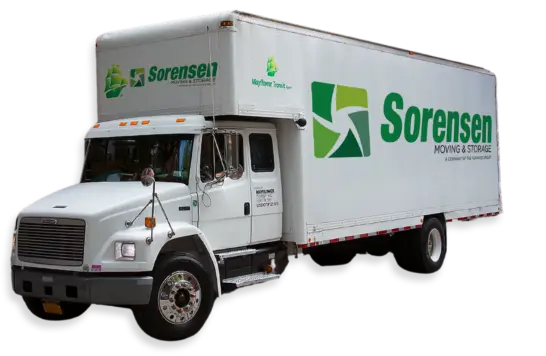

Temporary housing can come in many forms, and finding the right place for your needs and budget can take some prior consideration. Below is a collection of tips to help you get into your temporary home and onto the next one as seamlessly as possible.
Take a Look at Your Needs
Before beginning your search for temporary housing, consider what you need. Think about:
- How long you will need to live in the temporary home
- Whether you will be placing your belongings in storage
- How much space you can reasonably live in temporarily with your family members
- How close you need to be to your place of employment
- Whether you have children who need to remain in a particular school district
The answers to these questions may determine where to search for temporary housing and what kind of properties you can consider.
Consider Your Short-Term Rental Options
Short-term rentals can vary depending on your location and the general availability of temporary housing. However, a few standard options for temporary housing include:
- Extended-stay hotels
- Short-term lease apartments
- Month-by-month rental homes
In some situations, cohabitation with a family member or friend may be an option. Or, you may consider looking for rooms for rent by people looking for a roommate or sublet part of their home to help cover expenses.
Budget for Your Temporary Housing Plan
Temporary housing will come at a cost, whether you enter a sublet agreement or go for extended-stay hotels. Knowing how much you can reasonably afford to spend while you are in limbo between homes is best. If you are saving money up for a longer-term rental or to make a down payment on a home purchase, you may need to be more conservative. Likewise, you may need to estimate the costs of renting a storage unit to hold your belongings.
Prepare for the Transition
Packing when moving to a temporary place may look different from a typical move. Most people divvy up belongings according to what they will need and use daily and what will only be needed once they reach their next home. Therefore, the packing process may take longer and require additional assessment and labeling. Reach out to your moving company and determine how much the move will cost. If you want storage, disclose that your belongings will go to different places for an accurate cost estimate.
Start Planning for Your Move with Help from the Pros
Whether you are moving into a temporary place, need items to go to storage, or otherwise, having a team of professional movers along the way can be a big help. If you are planning your upcoming move, contact us to discuss your plans and get a free price quote.


